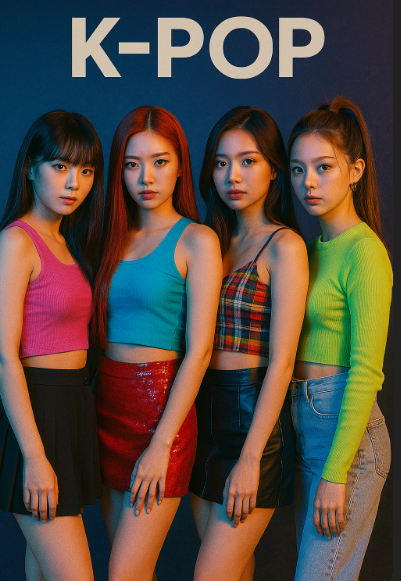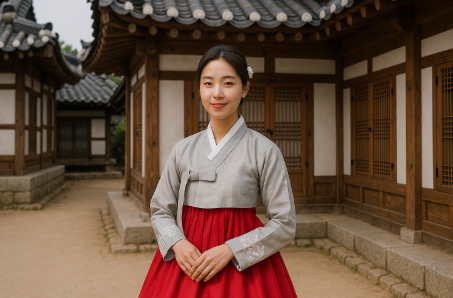Korean folk music, or “minyo” in Korean, offers a vibrant tapestry of sounds and rhythms that reflect the country’s history, culture, and social life. It is an integral part of Korea’s cultural identity, providing insight into the everyday lives and emotions of the Korean people throughout history. Let’s explore the different facets of this traditional music genre and understand its significance in contemporary Korean culture.
The Origins of Korean Folk Music
Korean folk music has roots extending back centuries, with influences from the various dynasties and regions of Korea’s past. This music originates from the daily lives of common people, expressing themes such as harvests, hardships, joys, and community bonds. Various musical styles emerged across different regions, each having its own distinct characteristics.
During the Joseon Dynasty, folk music developed alongside court music, but with more emphasis on oral traditions and community participation. These songs were often passed down through generations, keeping the stories and melodies alive. This rich history sets the foundation for the diversity of styles found in Korean folk music today.
Key Elements of Korean Folk Music
The prominent features of Korean folk music include rhythm, melody, and performance style, each of which plays a crucial role in conveying the music’s emotional depth. The rhythms are typically simple but can be intricate, allowing for flexibility in performance. Melodies in folk music are often pentatonic and are characterized by their emotional expressiveness.
Korean folk music emphasizes improvisation, allowing performers to express personal artistry within the framework of traditional melodies and rhythms. The use of traditional Korean instruments, such as the “janggu” (drum), “gayageum” (zither), and “haegeum” (string instrument), is integral, each contributing unique sounds that define the music’s texture.
Regional Variations and Styles
Korean folk music varies widely by region, with each area’s style reflecting its local culture and history. The “Arirang,” Korea’s unofficial national anthem, has over 60 different versions, each with unique lyrics and melodies specific to regions like Jeongseon, Jindo, and Miryang.
Jeolla Province is known for “Pansori,” an expressive narrative performance that combines song, spoken word, and dramatic storytelling. In contrast, Gyeonggi Province features more lyrical and melodic forms of folk songs, often focused on pastoral themes. These regional differences showcase the diversity within Korean folk music.
Role in Modern Korean Society
Today, Korean folk music continues to thrive, both as a cultural treasure and a source of inspiration for contemporary music. Traditional festivals and events often feature folk music performances, highlighting its importance in cultural preservation and education.
Moreover, many modern Korean musicians integrate folk elements into popular music genres, creating fusion works that resonate with both national and international audiences. This blending of old and new ensures that Korean folk music remains relevant and appreciated in today’s artistic landscape.
Experiencing Korean Folk Music
For those interested in experiencing Korean folk music firsthand, several opportunities are available. Live performances at cultural events and festivals provide a dynamic atmosphere where the music can be enjoyed in its traditional context. Additionally, recordings and online streaming platforms offer access to a wide array of folk music styles and performances.
Visiting cultural villages and museums dedicated to Korean traditions also provides insight into the history and development of this music. These resources help visitors appreciate the enduring beauty and cultural significance of Korean folk music.
FAQ
What is the most famous Korean folk song?
The most famous Korean folk song is “Arirang,” known for its various regional variations and emotional depth.
How has Korean folk music influenced modern music?
Korean folk music has influenced modern music by providing traditional elements that artists incorporate into contemporary compositions, creating unique fusion styles.
Where can I experience Korean folk music?
Korean folk music can be experienced at cultural festivals, performances, and through online streaming platforms and recordings.
Summary
- ✅ Korean folk music reflects the country’s cultural and historical identity.
- ✅ It varies by region, with unique styles like “Arirang” and “Pansori.”
- ✅ Modern music often incorporates elements of traditional folk music.
- ✅ Live performances and digital platforms offer access to this vibrant music genre.
#KoreanMusic #FolkMusic #Arirang #Pansori #TraditionalInstruments #KoreaCulture #CulturalHeritage #KpopFusion #KoreanTraditions #MusicGenres #Gayageum #Haegeum #Janggu #CulturalFestivals #KoreanSongs #MusicInfluence #KoreanSociety #CulturalPreservation #MusicHistory #KoreanArt #CommunityMusic #ContemporaryFusion #RegionalMusic #CulturalExperience #HistoricalMusic #KoreanInstruments #CulturalDiversity #HeritageMusic #TraditionalMusic #ModernInfluence

